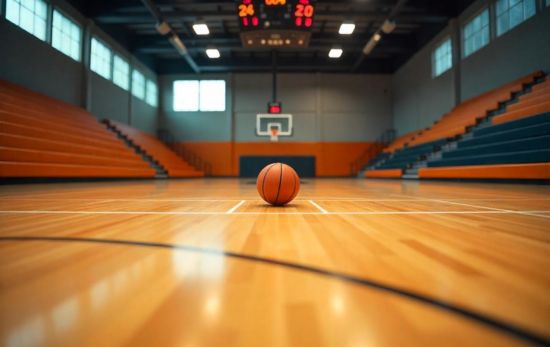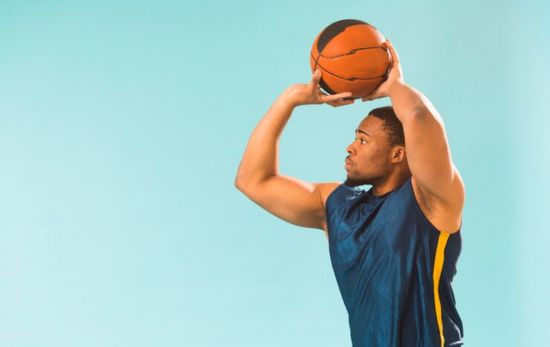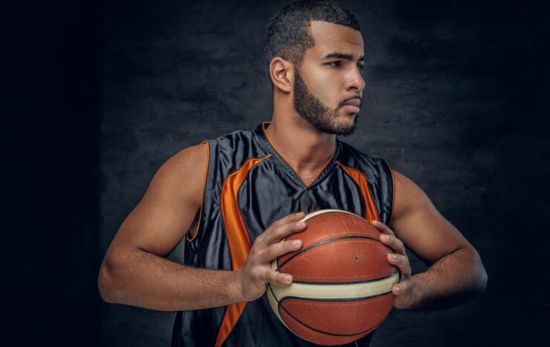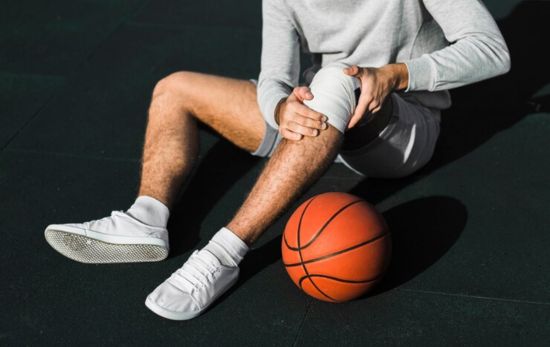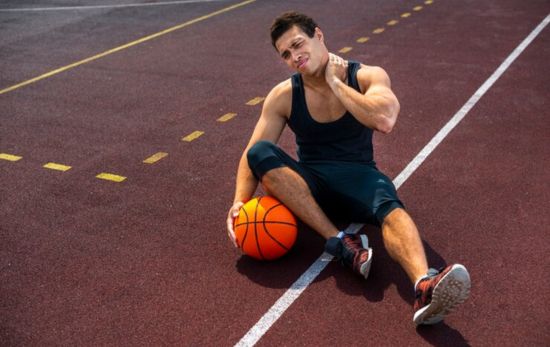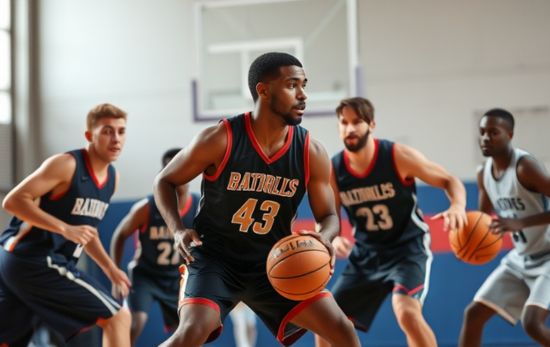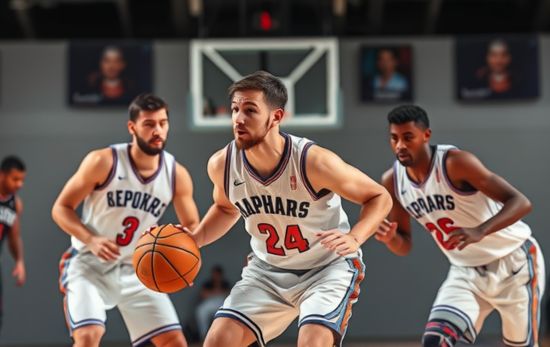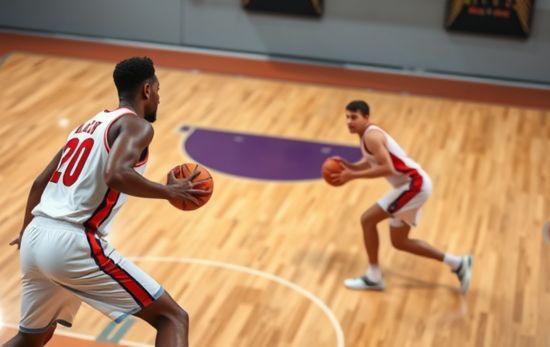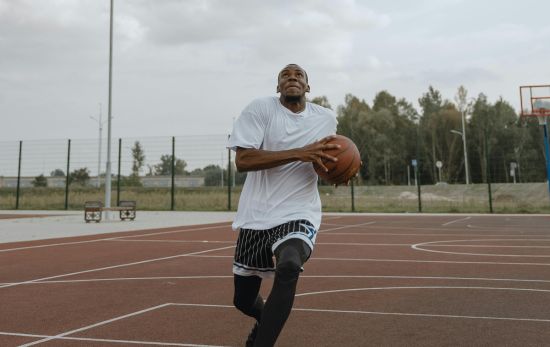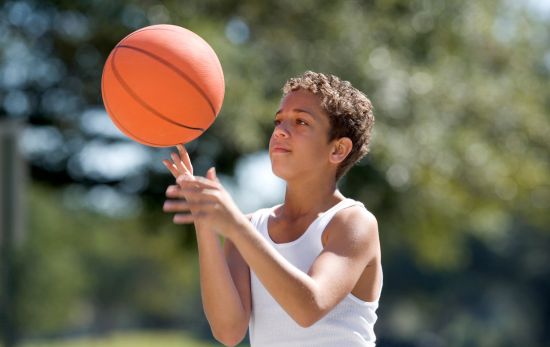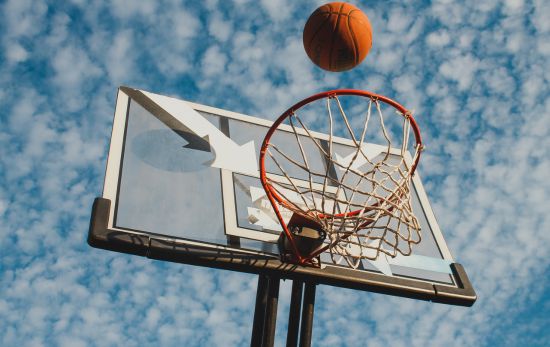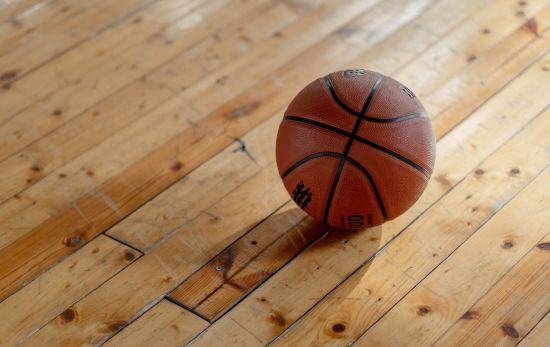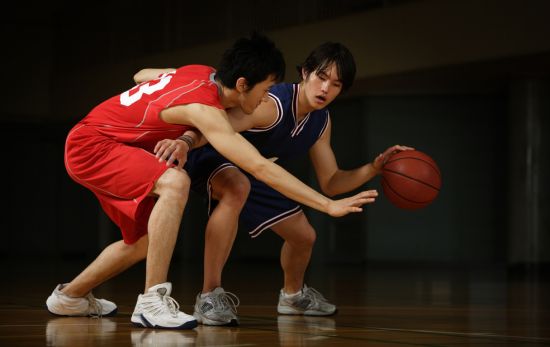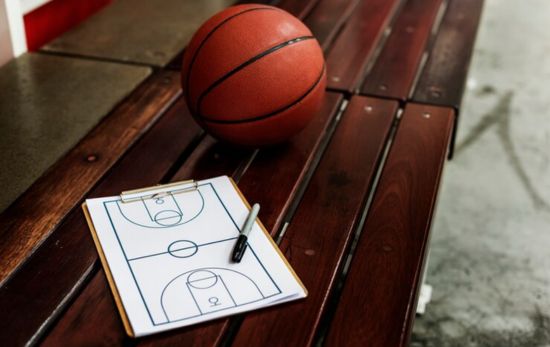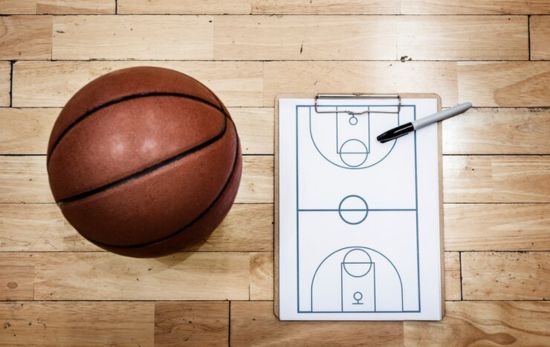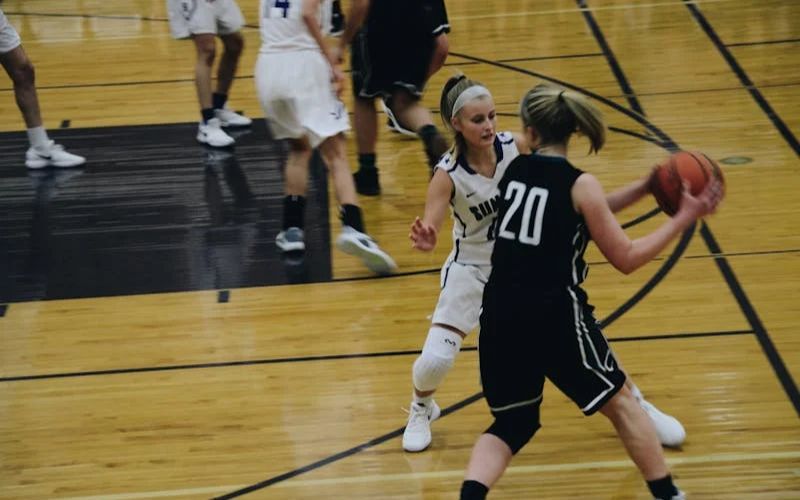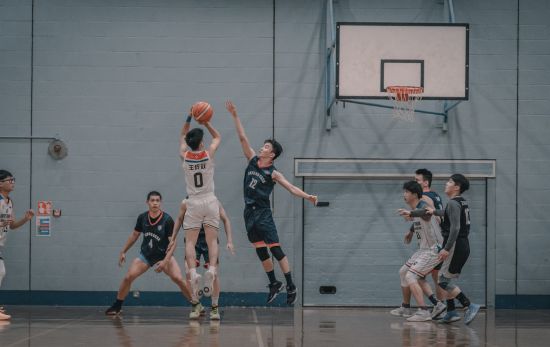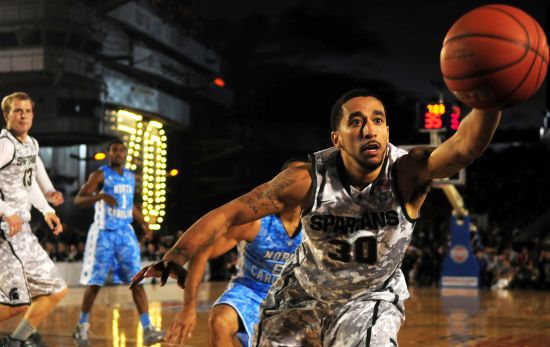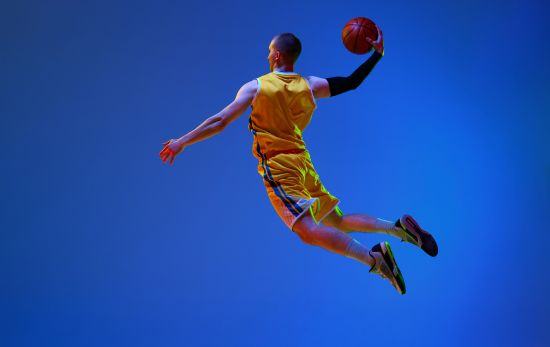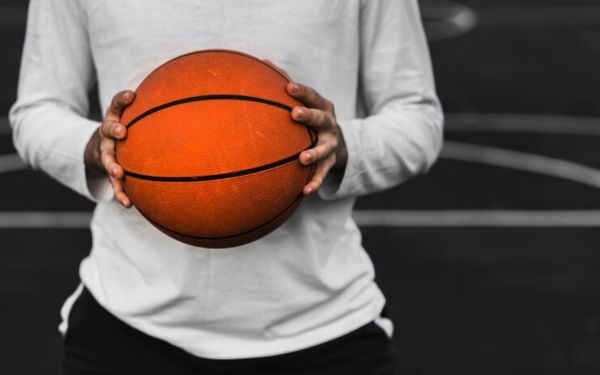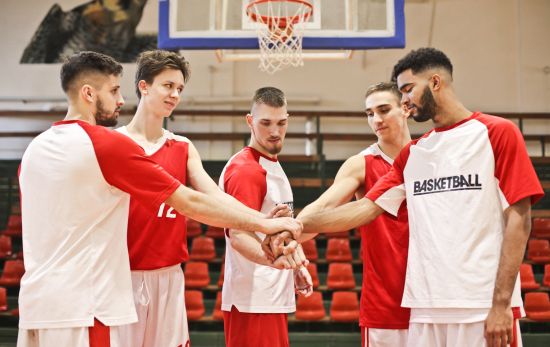The most popular sport worldwide, basketball, draws players from millions of people who utilize courts whose dimensions change according to different competitive levels. According to game rules, the size of the basketball court remains essential for all types of basketball matches—from the Olympics down to NBA and 3×3 competitions. This page discusses format changes like 3×3 basketball and Olympic games while evaluating the size of basketball courts.
What Is The Average Size Of A Basketball Court?
The standard diameter of an NBA court is 50 feet (15.24 meters), and its length is 94 feet (28.65 meters).
- The measurement of a FIBA (International) court is 15 meters (49.21 feet) in length by 28 meters (91.86 feet) in width.
- The size of high school basketball courts is 84 feet by 50 feet or 25.6 meters by 15.24 meters.
- NBA games are played on 94-by-50-foot courts, which exactly equal the dimensions of college basketball courts.
The established measurements create ample space for effective strategic execution by players during their games.
How big is a 3×3 basketball court?
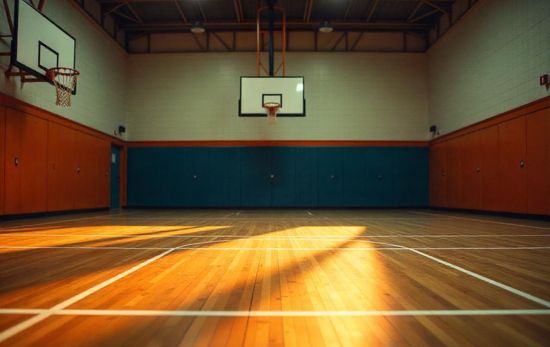
A standard 3×3 basketball court stretches to 49.21 feet in length and 36.09 feet in width. The fast-paced 3×3 basketball game takes place on a half-court design, leading to an intense level of competition with its reduced dimensions. A normal 3×3 basketball court is:
- Length is 15 meters (49.21 feet)
- Width is 11 meters (36.09 feet)
Quick ball movement comes together with more one-on-one gameplay as well as physical play because of the smaller court size. The court features one hoop along with a well-defined key area because of its single teaching zone, which enables fast-paced actions and physical attacking maneuvers.
What Does 3×3 Basketball Mean?
3×3 basketball is a version of the standard basketball with three players per team rather than five. It is a highly popular sport because of its speedy pace and its consideration for international competitions such as the Olympics. Following are some reasons it stands out:
- Half-Court Play: The game is played only within one-half of the standard basketball court, unlike full-court basketball.
- 10-Minute Games: The team that scores 21 points or is ahead at the end of 10 minutes wins.
- 1s and 2s Scoring: Points scored within the arc are 1 point, and those outside the arc are 2 points.
- No Halftime or Quarters: The uninterrupted game ensures that the action remains fierce and captivating.
The format has gained popularity among players and spectators globally, and it is now a known Olympic sport.
What Are The 3 Dimensions Of A Basketball Court?
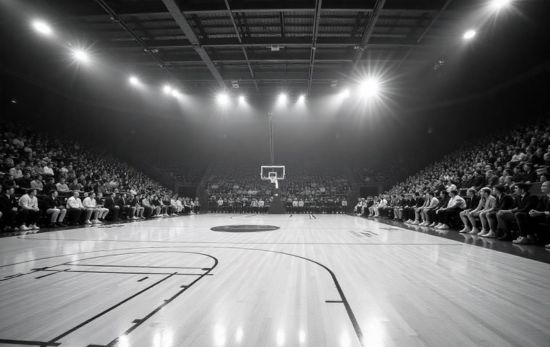
A basketball court has three main dimensions that specify its playing area:
- Length – The overall horizontal distance between baselines. This is between 28.65 meters (NBA) and 28 meters (FIBA).
- Width – The amount of vertical space between side to side, which is always 15 meters (NBA and FIBA).
- Height – Although not a measurement of the court, but rather a height of equipment upon it, the rim height is a necessary dimension. The 10-foot (3.05 meters) elevation of the basketball hoop allows for standardization in all grades of play.
These three dimensions create the area within which the game is being played and provide consistency across leagues and competitions.
What Is The Size Of The Olympic Basketball Court?
The Olympic basketball court’s measurements are 49.21 feet in width and 91.86 feet in length, according to FIBA regulations. The Olympic basketball court is somewhat smaller than the NBA norm due to its FIBA measurements. These are the official sizes:
- 28 meters (91.86 ft) in length
- 15 meters (49.21 feet) in width
Additional markings include a crucial area that extends up to 5.8 meters (19 feet) from the hoop and a three-point shot arc that is 6.75 meters (22.15 feet) from the basket. Equalling the court dimensions benefits different teams and players from diverse nations since they can compete with equivalent conditions.
The dimensions of 15 meters by 11 meters for 3×3 basketball follow the established FIBA 3×3 rules.
Conclusion
Every active participant, including managers and spectators, needs to know the complete measurements of the court. Basketball games use the basketball court dimensions to determine the gameplay dynamics, which results in victory or defeat between NBA basketball games and 3×3 quick matches.
Players who prepare for their upcoming game need to choose singlets with reversible features to gain better comfort and playing performance. There are multiple advantages to reversible singlets, which makes it simple to change the team’s colors. Quality competitive sports apparel awaits your order at this store, where you can obtain perfect athletic clothing for competitive matches. Large orders of customized uniforms that represent your team uniquely can be obtained by simply requesting a quote from our team.

